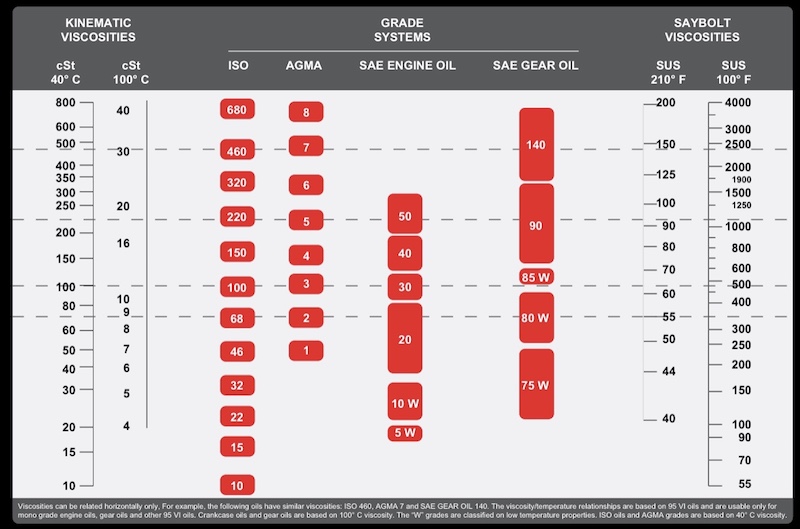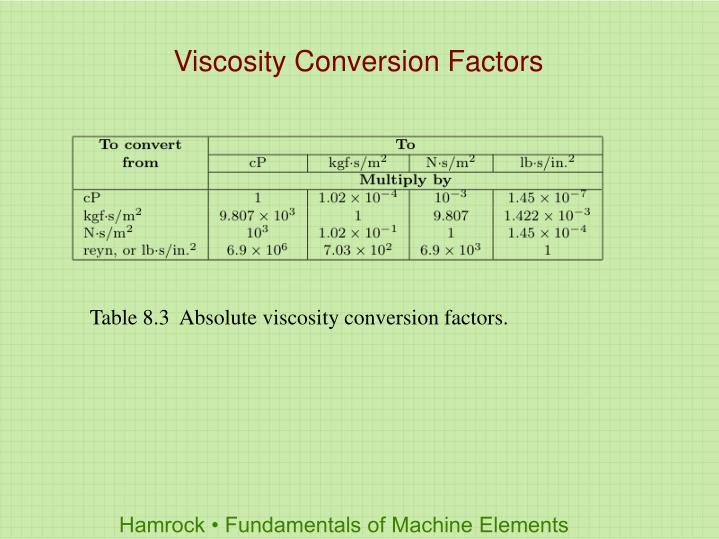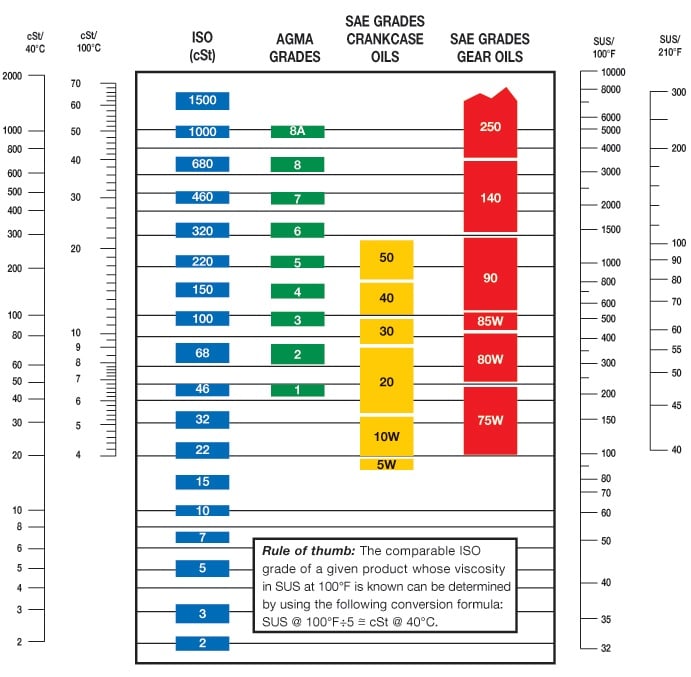

Note! Viscosity conversions are based on fluids with specific gravity of one. centistokes cSt of kinematic viscosity conversion tables Pick a table with which to convert centistokes to any other unit of measurement of kinematic viscosity. Check ASTM D 2161 "Standard Practice for Conversion of Kinematic Viscosity to Saybolt Universal Viscosity or to Saybolt Furol Viscosity"Ģ) Water at 68.4 oF (20.2 oC) has an absolute viscosity of one - 1 - centiPoise. The graphic curve will be updated as well.1) The Saybolt Universal SUS viscosity equivalent (SSU or SUS) to a given kinematic viscosity varies with the temperature at which the determination is made. All other values will be re-calculated automatically. low value 0.51 Electrical Properties Dielectric Strength range 360-400 volts/mil Dielectric Constant range, 100Hz 2.50-2.77 Mechanical Properties Density, g/cc 0.90-0. Viscosity conversion Calculator - High accuracy calculation 100 cp to cst mean Loop圜ases on. Just put your values (either imperial or metrical) in the appropriate fields below and press ENTER. XIAMETER PMX-200 Silicone Fluid 100 cSt - Dow Chemical. The use of any of the calculators’ results is at the user’s sole risk. Note: Centipoises are obtained by multiplying Kinematic Centistokes by specific gravity. The calculator below is for informative purposes only. A more familiar viscosity term is kinematic viscosity, which takes into account the fluid density as a quotient of the fluid’s dynamic viscosity and is usually reported in stokes (St) or centistokes (1 St 100 cSt).
#100 CST VISCOSITY EQUIVALENTS ISO#
You can calculate pre-filled values of oil classified by ISO 3448 with grades VG22, VG32, VG46 or VG68 (at viscosity Index = 100) or enter specific values for any other oils.

These data is enough to determine kinematic viscosity at any other values of temperature and as well Viscosity Index. It has a viscosity of 100 cSt with a refractive index of 1.402 and a dielectric strength of 14 kV/mm. Everyone involved in lubrications has a viscosity equivalents chart but does anyone know how they went about lining up the Kinematic Viscosity (in cSt) 40.



 0 kommentar(er)
0 kommentar(er)
